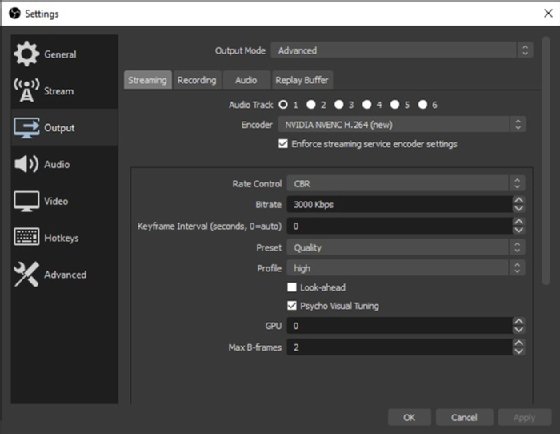How to approach livestreaming bandwidth management (original) (raw)
Livestreaming bandwidth management requirements will differ depending on whether organizations use a managed video service or take a DIY approach.
In the early days of business video, bandwidth was a huge concern as it was more limited, and networks were less intelligent and resilient to bandwidth shortages compared to today. Then, even a small number of video calls, especially high-definition calls, could overwhelm a business's bandwidth capacity. This would not only result in bad or dropped video calls, but affect everyone else on the network.
Until recently, meeting room video systems required IT to set the speed, or bandwidth usage, for video calls. Organizations worried about network capacity could set a lower speed, which would result in lower-quality calls. If organizations suddenly had more bandwidth available, IT would reset video systems to call at a higher speed for better call quality.
In the real world, however, many systems were never set correctly, resulting in countless bad calls and network issues. Fortunately, the video industry stepped in to solve the problem, and most modern video conferencing systems automatically manage bandwidth usage.
Most systems will attempt to connect at a speed that enables high definition, but if less bandwidth is available, the systems will simply adjust rather than drop the call. In addition, today's video systems have much more efficient coding, which enables higher-quality calls with less bandwidth.
As a result, bandwidth considerations are no longer a concern for typical business video calls, and no configuration is required on the part of the user. Of course, if organizations expect to suddenly and significantly increase video usage, they may need to increase the overall network capacity. However, bandwidth today is readily available and much more affordable, so a massive increase in video use is not a major concern.
Service providers take on livestreaming bandwidth management
Live video streaming can be just as bandwidth-friendly as making a video call. Some of today's leading video meeting services also offer Webinar capabilities and use the same video technology for both webinars and video calls.
Users may be concerned that, during a webinar, they are sending video to hundreds of people, thus requiring hundreds of times more bandwidth. In reality, users are just sending one video signal to the cloud webinar service, which then sends out signals to viewers. In other words, using one of these services to host a webinar is no more of a bandwidth concern than making a video call.
Bottom line: Organizations using one of the leading video cloud services for video meetings and livestreaming won't be spending a lot of time managing bandwidth issues. While they may need to increase overall capacity if they plan to use a lot of video, organizations no longer need to micromanage bandwidth consumption or become an expert on bandwidth settings for video and streaming devices.
DIY livestreaming bandwidth considerations
Some organizations may opt to engage in DIY livestreaming rather than use a service provider, but the bandwidth considerations will change dramatically. Millions of people and growing numbers of businesses are streaming on consumer services, such as YouTube Live, Facebook and Twitch, or streaming software, such as Open Broadcaster Software (OBS).
With software like OBS, users will have to set their bit rate, which is essentially the bandwidth allocation for the livestream. If users set the bit rate higher than the available bandwidth, they will run into problems, and stream quality can be severely affected.

Users of DIY livestreaming services, like OBS, must manage their bandwidth to support stream quality.
Once the bit rate is selected, the video output must be adjusted accordingly. Higher resolutions and frame rates require higher bit rates -- more bandwidth. A 3 Mbps bit rate cannot support a 1080p, 60 frames per second (fps) video feed. If users can't increase the bit rate, they will need to lower the resolution or frame rate.
Another consideration in this puzzle is the power of the computer's CPU and graphics card. If the computer doesn't have the horsepower to create and encode a 1080p 60fps video stream, then users need to reduce the burden on the hardware.
Several online guides are available to help streamers work with these settings to balance the needs of bandwidth, computer power and desired video quality. Unfortunately, the burden is on the user to become an expert to ensure a trouble-free stream.
These settings can be too much for the casual user to manage. The DIY livestreaming world is suffering from suboptimal and incorrectly configured streams, just as the early days of video conferencing had many incorrectly set up meetings. Hopefully, the world of DIY streaming will catch up and automate bandwidth usage and quality. But, until then, the best bet is to rely on a cloud video service to manage livestreaming bandwidth.
 7 benefits of video marketing
7 benefits of video marketing  By: Tim Murphy
By: Tim Murphy  The top 7 video marketing trends
The top 7 video marketing trends  video streaming service
video streaming service  By: Gavin Wright
By: Gavin Wright  3 steps for an effective corporate video strategy
3 steps for an effective corporate video strategy  By: David Maldow
By: David Maldow